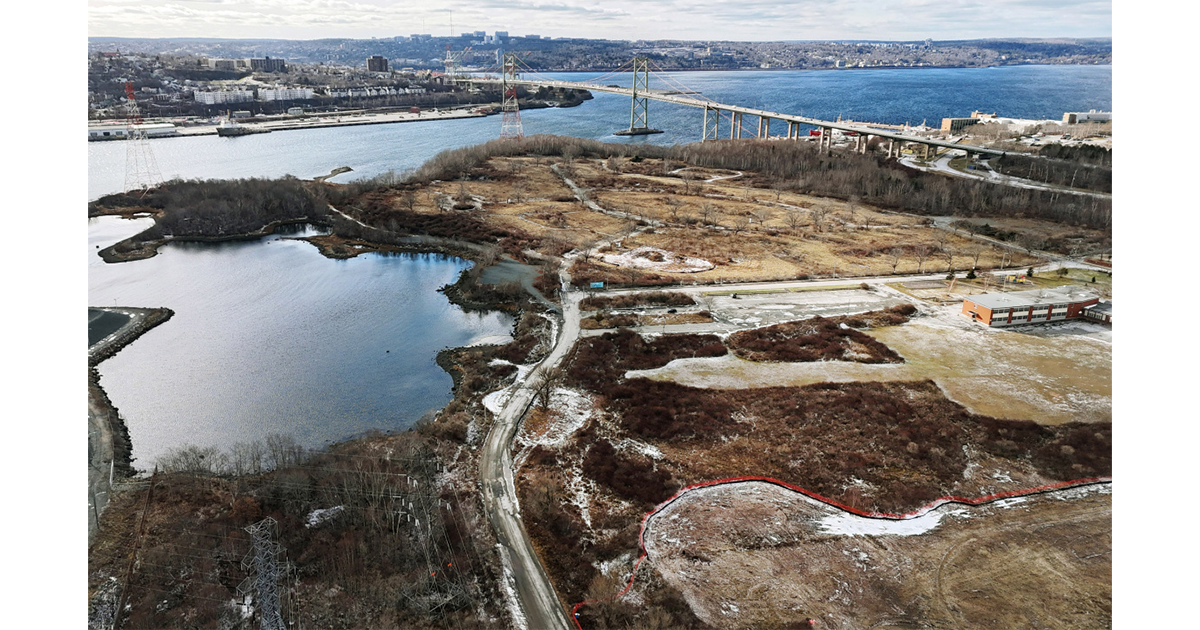Government of Canada Introduces New Canada Green Buildings Strategy

July 18, 2024
The first-ever Canada Green Buildings Strategy introduces the Government of Canada’s plan to make life cost less for Canadians, fight climate change, and support good jobs across the country. By improving energy efficiency in Canada’s homes and buildings through retrofitting, we can save Canadians money on their energy bills and reduce building emissions.
Today, the Minister of Transport and Quebec Lieutenant, the Honourable Pablo Rodriguez, and Joël Lightbound, Member of Parliament for Louis-Hébert, on behalf of the Honourable Jonathan Wilkinson, Canada’s Minister of Energy and Natural Resources, announced a federal investment of $12.6 million in the Société de financement et d’accompagnement en performance énergétique Canada (SOFIAC). This funding will help them accelerate their expansion into energy efficiency for commercial buildings and multi-unit residential buildings, helping building owners and tenants save on their energy bills and reduce emissions.
Through the Green Buildings Strategy, the Government of Canada will invest $177 million for Deep Retrofit Accelerator Initiative projects like this, which support upgrades to multiple building systems and equipment in commercial, institutional, or mid- or high-rise multi-unit residential buildings across Canada. These projects will replace roofs, upgrade windows, insulation, or building cladding, to save money and cut pollution.
At a time when Canadians are feeling the impacts of the high cost of living, another key part of the Green Buildings Strategy will help low-to-median-income Canadians, including renters, upgrade their homes to save money on their energy bills and cut pollution. This new program, the Canada Greener Homes Affordability Program, will provide retrofits at no cost to the household and save them hundreds of dollars on their energy bills per year.
Canadians want to live in sustainable communities: places with clean air, affordable homes and good jobs. The Government of Canada’s investments in greening buildings and switching from fossil fuels to clean electricity are key to lowering GHG emissions while supporting a strong economy and making life cost less.
Quick Facts
- Buildings are Canada’s third-largest emitter of GHG emissions. Nearly all building emissions – over 96 percent – come from space and water heating. To tackle this, major changes in the building sector are underway, with the potential to create hundreds of thousands of jobs and help Canadians save money on their energy bills.
- Retrofitting existing buildings, building green from the start, and choosing alternatives to fossil fuel heating equipment, such as electric heat pumps, will help Canada achieve its net-zero commitments by 2050. There is also a need to build stronger to better equip communities to withstand the effects of climate change.
- To reach Canada’s climate goals, reduce energy bills and build up Canada’s supply of energy-efficient and resilient building stock, there is a need to accelerate the retrofit of approximately 10 million buildings and construct millions of new net-zero buildings in the coming decades.
- Canadian households spend an average of $2,200 a year on home energy costs and these costs are significantly higher in homes that heat with oil and in older homes with poor insulation, ventilation and heating/cooling systems.
- The Canada Green Buildings Strategy is a commitment in the 2030 Emissions Reduction Plan: a sector-by-sector approach to reach Canada’s climate target of cutting emissions by at least 40 percent below 2005 levels by 2030, laying the foundation to achieve net-zero emissions by 2050.
- Retrofits under the Canada Greener Homes Grants have been issued to 240,000 Canadian households, with an average grant of $4,400 per household. These retrofits are removing over 306,540 metric tonnes of GHG emissions, equivalent to taking nearly 94,000 fossil fueled powered vehicles off the road.
- The Canada Green Buildings Strategy is funded as a part of Budget 2024 and is mentioned in Solving the Housing Crisis – Canada’s Housing Plan. It complements Canada’s National Adaptation Strategy, which lays out a framework to reduce the risk of climate-related disasters, improve health outcomes, protect nature and biodiversity, build and maintain climate resilient infrastructure, and support a strong economy and workers. New and ongoing federal initiatives are already starting to put the Strategy’s vision in practice.
Related Information
















